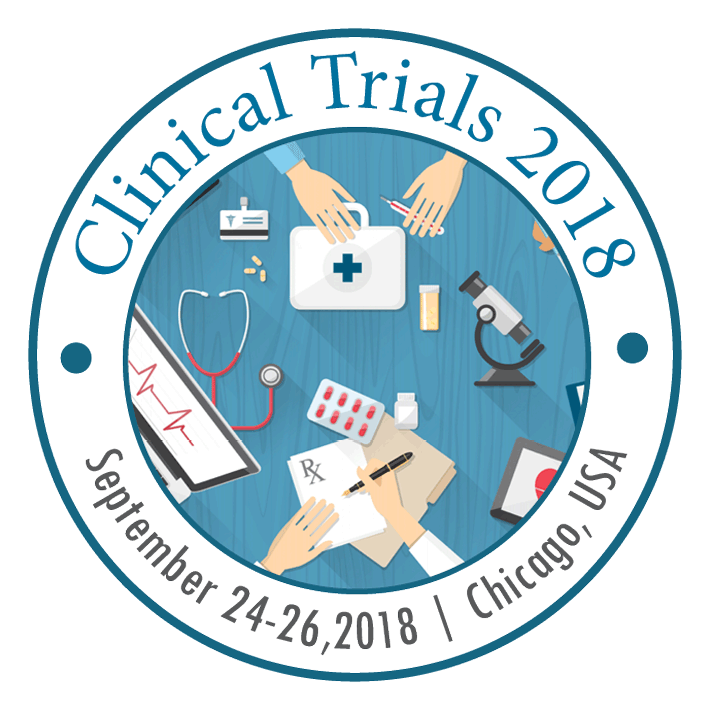
Saad Ikram
Scunthorpe General Hospital, United Kingdom
Title: Endoscopy assisted laparoscopic resection of benign colonic polyps; a retrospective study on safe approach to complete removal
Biography
Biography: Saad Ikram
Abstract
Colonic polyps have widely been resected using endoscopic techniques which remains one of the most commonly employed therapeutic colonoscopic procedure. Other procedures namely Endoscopic Mucosal Resection (EMR), snare polypectomies and laparoscopic or open colonic resections for the larger polyps are all well documented in the literature and are in common use. With traditional methods such as simple polypectomies and EMR, documented complication rates among the vast literature, remains low and varies between 0 to 3.3%, however such methods are not suitable for polyps with a broad base and can be dangerous with higher rates of complications reported for polyps >3cm in size and when located in the thin-walled caecum. Further such techniques always carry a risk of incomplete resection. Recently, however, combined laparoscopic and endoscopic techniques have emerged for polyps not suitable for resection by endoscopy alone, advocating shorter hospital stay and lower risk of complications when compared to segmental colonic resections which were traditionally the treatment of choice for such polyps and involved a major procedure with high risks of complications. The laparoscopy-assisted colonoscopic resection of polyps is seen time and time again in the literature which involves assistance from a laparoscope while the polyp is removed via a snare by the endoscopist. This technique, although largely documented to be safer and less invasive when compared to segmental resections, also employs removal of the polyp in piecemeal making histological analysis of clear margins difficult and an added risk of delayed perforation due to diathermy injury. We describe a similar but alternative method involving wedge resection using a linear laparoscopic stapler with colonoscopic assistance which can ensure complete excision under direct vision and achieve similar complications rates. Following strict indications, we feel that this technique provides an excellent, safe and definitive excision method for such polyps.

